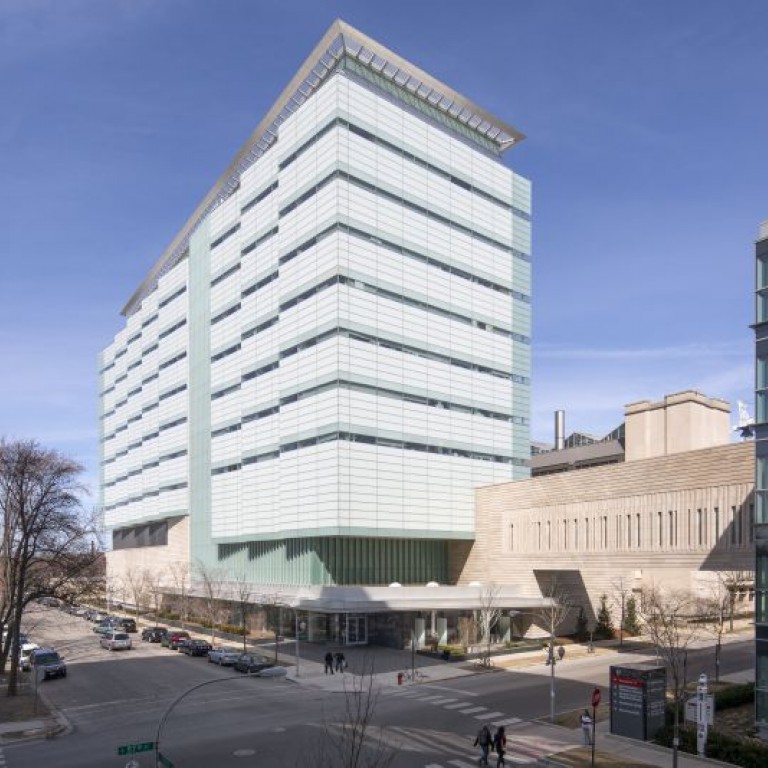Wellness journey, holistic healthcare, integrative medicine: All of these terms highlight the increasing emphasis on viewing patients as whole individuals who harbor more than a specific ailment or medical need. Today, good healthcare does more than just address a patient’s illness or injury; it also endeavors to care for that person’s mental, physical, emotional and social needs, with the understanding that each of these components plays a role in an individual’s overall health.
Many may not realize that the University of Chicago Medicine played a key role in this evolution nearly 50 years ago by establishing one of the first sections of general internal medicine in 1973.
At the time, most physicians in the United States were focused on subspecialization — fields such as cardiology or pulmonology — in part because the National Institutes of Health was expanding its funding of subspecialized research. In fact, the University of Chicago’s School of Medicine, established in 1927, had been organized around subspecialties, a decision that had placed it ahead of its time.
By the late 1960s, however, Alvin Tarlov, MD, the new Chair of Medicine, was helping to spearhead a shift in thinking that would reverberate across the United States. Growing up, Tarlov’s uncle, neurosurgeon Isadore Tarlov, had greatly influenced his nephew with his time spent helping migrant workers in Coney Island, New York. As a young doctor, Alvin Tarlov studied rehabilitation and recidivism after being assigned in the 1960 doctor’s draft to help with a malaria drug trial at an Illinois prison. (Lisa Belkin, Tarlov’s stepdaughter, is writing a book about her stepfather’s experience working on this University of Chicago-led clinical trial and the friendship Tarlov struck up with one of the prisoners who volunteered to participate.)
Tarlov was confident in his belief that doctors needed to view their patients as whole individuals — not merely organs or appendages that weren’t working correctly — and that a bona fide section of general internal medicine would only strengthen subspecialties.

“Patients would talk to us about life and what bothered them about their living circumstances,” Tarlov, 92, recalled from his home in Tucson, Arizona, where he now lives. “They wanted to talk to you.”
Although subspecialization meant doctors developed expert knowledge in specific areas, Tarlov and his colleagues knew that many patients arrived at their doctor’s office piggybacking multiple illnesses; they also knew patients receiving sophisticated subspecialty care developed health problems unrelated to their original illness.
Other factors, including the establishment of Medicare and Medicaid, which removed the financial barriers to accessing healthcare for many individuals, and the transformation of Hyde Park from an all-white neighborhood to a multiracial community, led Tarlov to believe a change in approach was needed.
In 1969, a committee created by Tarlov to study medical training recommended residents receive “intensive, comprehensive training in general medicine as an optimal basis for advanced training, whether in a subspecialty or general internal medicine.” Over the course of four years, UChicago established a Section of General Internal Medicine that included services for inpatients, outpatients and consultations.
“General Medicine had been sort of floating around and lost, and Alvin Tarlov really made it an academic section,” said Deborah Burnet, MD, Professor of Medicine and Chief of the Section of General Internal Medicine. “He wanted to make General Medicine an academic, smart, well-respected place that could also command research funding resources.”
To succeed, Tarlov hired a team of young, talented, indefatigable physicians, including Richard Byyny, MD, and Mark Siegler, MD, now Lindy Bergman Distinguished Service Professor of Medicine and Surgery. Siegler, who directs the MacLean Center for Clinical Medical Ethics and the Bucksbaum Institute for Clinical Excellence, was a new attending when Tarlov called him in to his office in 1972. Siegler still remembers Tarlov instructing him to attend eight months of the year, supervise new inpatient and outpatient services, run the new consultation service and manage the program for third- and fourth-year medical students.



